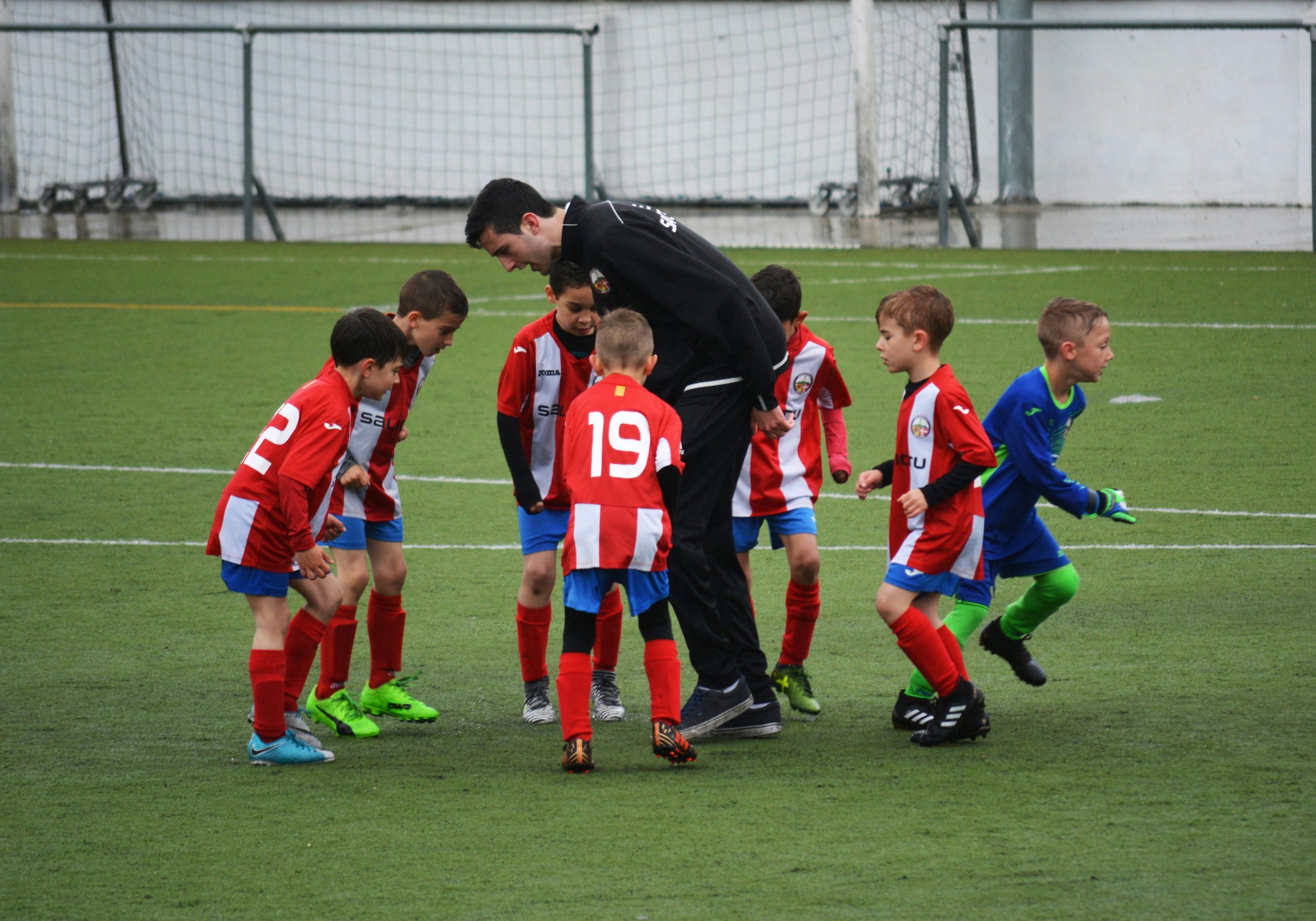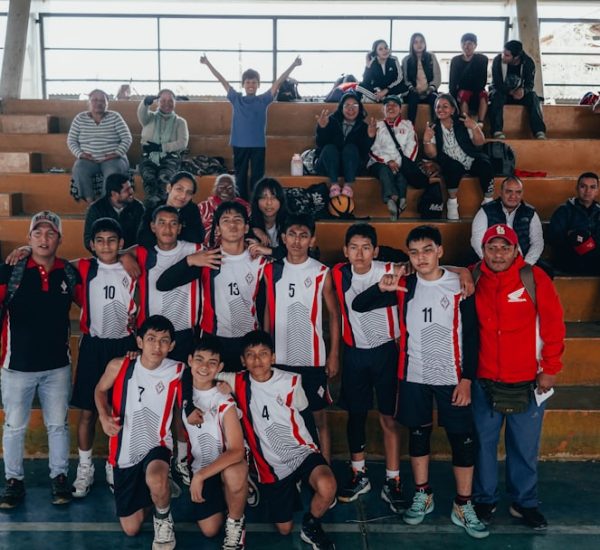Soccer isn’t just a game of skill and strategy; it’s a thrilling blend of agility, speed, and precision. What if we told you that the excitement of soccer could be taken to new heights with an engaging obstacle course? Whether you’re looking to enhance your training routine, organize an unforgettable event for young players, or simply inject some fun into your practice sessions, creative obstacle courses can transform the soccer experience into a dynamic challenge. Imagine weaving through cones while balancing a ball on your foot or sprinting over hurdles that test both speed and coordination!
In this article, we’ll explore five innovative soccer obstacle course ideas that promise to inspire coaches and players alike. Each concept is designed not only to boost technical skills but also to foster teamwork and camaraderie among participants. From backyard setups to expansive field layouts, these ideas will provide fresh inspiration for anyone eager to elevate their game while having a blast. So lace up your cleats and get ready—it’s time to turn the beautiful game into an exhilarating adventure!
Introduction: The Fun of Soccer Obstacle Courses
Soccer obstacle courses blend athleticism with creativity, transforming a standard practice session into an exhilarating adventure. Imagine a vibrant field where cones, hurdles, and agility ladders create a dynamic landscape that challenges players not just to dribble and pass but to think on their feet. These courses invite participants to push their boundaries while having fun, making each drill feel less like work and more like play. The thrill lies in overcoming obstacles together—elevating teamwork while fostering camaraderie among players of all skill levels.
What sets soccer obstacle courses apart is their versatility; they can be tailored for various age groups and competency levels, ensuring everyone has the opportunity for growth. Coaches can introduce game-like scenarios within the course, requiring players to strategize as they navigate through winding routes or timed challenges. Incorporating varied elements such as balance beams or water balloons adds an extra layer of excitement that keeps athletes engaged and eager to tackle each new setup. Ultimately, these creative training methods highlight how playful competition fosters technique development while reinforcing the intrinsic joy of soccer itself.

Dribbling Through Cones Challenge
The Dribbling Through Cones Challenge is not just a test of skill, but a thrilling way to refine your ball control and agility under pressure. Imagine navigating through tightly spaced cones, each requiring quick footwork and sharp decision-making. This exercise promotes spatial awareness and helps players anticipate their next move—skills that are crucial during a real match when defenders close in.
To elevate the challenge, consider varying the cone arrangement. Set them up in zigzag formations or create sudden turns that mimic game situations, forcing players to adapt their dribbling techniques on the fly. Incorporating timed runs can also introduce intensity; racing against the clock adds an element of excitement and competition that motivates players to improve with every attempt. As they tackle this obstacle course, watch as confidence grows—not only in their dribbling skills but also in their overall gameplay strategy.
Precision Passing through Target Gates
Precision passing through target gates is a powerful drill that enhances a player’s ability to deliver accurate passes under pressure. By setting up gates of varying sizes and distances, coaches can simulate game-like scenarios where pinpoint accuracy can make all the difference in critical moments. The exercise challenges players not only to hone their technical skills but also to develop quick decision-making abilities as they gauge the distance and angle of their passes.
Beyond honing fundamental skills, this drill promotes team communication and spatial awareness. As teammates navigate through the course, they learn to anticipate each other’s moves, fostering an understanding of patterns that emerge during gameplay. Modifying target sizes or adding obstacles increases difficulty and encourages creativity; for instance, placing gates closer together compels players to adapt quickly and think outside the box when making decisions on passing lanes—and isn’t that what soccer is really about?
Engaging in precision passing drills also cultivates a deeper connection between mind and body, enabling players to visualize successful outcomes before executing their passes. Such drills prepare athletes for real-match situations where every second counts and only those who are agile in both thought and execution will yield success on the field. Whether you’re training youth teams or professional squads, incorporating target gates into practice sessions can dramatically elevate your team’s playmaking capabilities while injecting a competitive spirit into training routines.

Speed Ladder for Agility Training
The speed ladder is an essential tool in agility training, transforming the way players enhance their footwork and quickness. Unlike traditional drills that often focus on strength or endurance, the speed ladder emphasizes coordination and rhythm. As players navigate through the rungs with varying patterns—x-overs, lateral shuffles, or in-and-out movements—they develop not only their physical dexterity but also cognitive response times. This dual enhancement fosters quicker decision-making skills on the field, vital for soccer where split-second reactions can determine game outcomes.
Incorporating a speed ladder into your obstacle course introduces a dynamic element that motivates teamwork and competition among athletes. Coaches can create varied challenges by adjusting spacing and introducing time constraints, pushing players to beat personal bests while fostering camaraderie. Furthermore, these drills help instill confidence as each athlete sees tangible improvements over time; mastering an intricate pattern feels rewarding and cultivates a deeper connection to their training journey. By consistently integrating the speed ladder into practice sessions, teams can transform basic agility work into fun yet challenging exercises that keep energy high and engagement strong throughout the season.
Jumping Hurdles for Enhanced Coordination
Jumping hurdles is not just about clearing obstacles; it’s a dynamic exercise that can significantly enhance a player’s coordination on the field. As athletes leap over varying heights and distances, they engage multiple muscle groups while refining their timing and spatial awareness. This multi-dimensional movement translates seamlessly to soccer, where quick direction changes and precise foot placement are essential for dribbling past defenders or positioning oneself for a pass.
Incorporating jumping hurdles into your training enables players to develop explosive power alongside agility. Unlike traditional drills that focus solely on speed, hurdle exercises require team members to synchronize their jumping techniques with footwork patterns—helping them boost their overall body control. Coaches can further increase the challenge by adding recovery elements like quick sprints or controlled landings, intensifying focus on balance and stability post-jump. This holistic approach nurtures not only athletic skill but also fosters mental resilience as players learn to navigate both physical and psychological barriers during practice sessions. An obstacle course infused with hurdle jumps serves as an engaging way to prepare young athletes for real-game situations while keeping training fun and varied.

Mini Goals for Shooting Practice
Setting mini goals during shooting practice can significantly enhance a player’s focus and motivation. Instead of just aiming for the traditional goal, consider creating smaller targets throughout your training area. These could be cones, small nets, or even marked zones within the larger goal. By targeting these mini goals, players develop precision in their shots, fine-tuning their technique while also adding an element of fun to their practice sessions.
Additionally, introducing time limits or score systems for hitting these mini targets transforms practice into a competitive challenge. Players can track their progress and strive to beat personal records or compete against teammates. This approach not only sharpens individual skills but also fosters camaraderie and friendly rivalry among players, encouraging them to push each other towards improvement. Engaging with mini goals helps athletes stay motivated and reinforces a growth mindset—essential traits on the road to soccer excellence!
Conclusion: Customizing Your Own Soccer Course
Customizing your own soccer course is an exciting opportunity to blend creativity with athletic development. By tailoring obstacles and drills to fit specific skills, you can create a unique training experience that maximizes enjoyment and progress. Consider integrating a variety of elements such as dribbling challenges, shooting targets, and agility ladders—all designed to enhance different facets of game performance while keeping participants engaged.
Moreover, don’t shy away from experimenting with materials or themes that resonate with you or your team’s character. Incorporating local landmarks or team mascots into the course design can foster a deeper connection among players, boosting morale as they navigate through their customized challenge. Remember that adaptability is key; regularly modify the course based on skill assessments and feedback to ensure it remains fresh and relevant, encouraging continuous improvement while making each session feel like an adventure.



